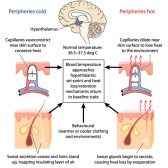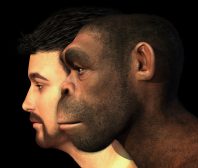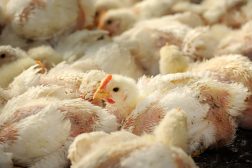Definition
noun, plural: tetropods
A vertebrate with four limbs or leg-like appendages
Supplement
Tetrapods pertain to the vertebrates having four limbs or leg-like appendages. In taxonomy, these animals belong to the superclass Tetrapoda. The superclass Tetrapoda includes the amphibians, reptiles, mammals, and birds. They are believed to have evolved from the lobe-finned fishes in the middle Devonian Period.1 The evolution of the tetrapods is an interesting aspect with regard to their transformation from a life on water to a life on land. It appears that many of these tetrapods evolved and eventually acquired the ability to emerge and spend more time out of the water, thermoregulate, feed, and reproduce on land. Some of the profound transformations are the ability to breathe through lungs and the evolution of more robust, larger and flexible limbs for mechanical support. In water, the weight of a finned-animal is supported by buoyancy while their fins are used for propulsion and control of orientation. The tetrapods acquired limbs that provided mechanical support on land.2
Word origin: tetra- (four) + pod (foot)
Scientific classification:
- Kingdom: Animalia
- Phylum: Chordata
- Superclass: Tetrapoda
See also:
Reference(s):
1 Narkiewicz, K. & Narkiewicz, M. (January 2015). “The age of the oldest tetrapod tracks from Zachełmie, Poland”. Lethaia. 48 (1): 10–12.
2 Vertebrata II: Tetrapoda. Retrieved from http://www.geol.umd.edu/~tholtz/G331/lectures/331vertsIIjm.html.







